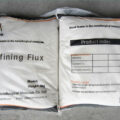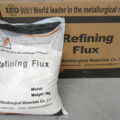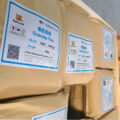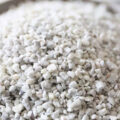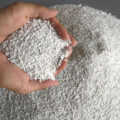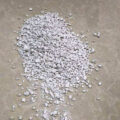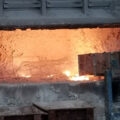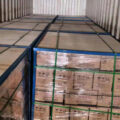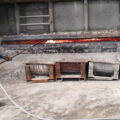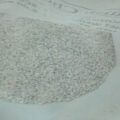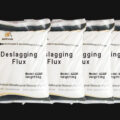Aluminum Casting Fluxes are mainly a mixture of chloride salt and fluoride salt and other additives. Most fluxes are based on KCl and NaCl. Another commonly used NaF, it forms a ternary eutectic at 607°C with KCl-NaCl.
AdTech offers aluminum casting fluxes, including Refining Flux, Deslagging Flux, Insulation Cover Agent, Oxide Removal Flux.
Alkali metal fluoride is a surfactant, which can reduce the surface tension between flux and metal and between flux and oxide. Compared with alkali metals, AlF3, MgF2 and chloride have poor surface activity. This is because the fluoride salt melt containing NaF and F can easily absorb some sodium and potassium, and sodium and potassium are both surface-active elements. Like sodium, potassium has a negative impact on the final properties of the casting. Fortunately, because of their similar properties, one can remove potassium like sodium.
Metal fluorides can dissolve oxides in a small amount, which helps to penetrate the oxide film on the surface of the scum, thereby improving wettability, helping to separate oxide inclusions from the liquid and separate aluminum from the scum. However, the melting point of alkali metal fluoride is generally higher, which limits its application and the use of fluoride salt brings stricter environmental protection requirements than pure chlorine salt. Fluoride salt flux is commonly used cryolite (Na3AlF6), calcium fluoride (CaF2) or sodium fluorosilicate (Na2SiF6), and the total content is generally within 20%.
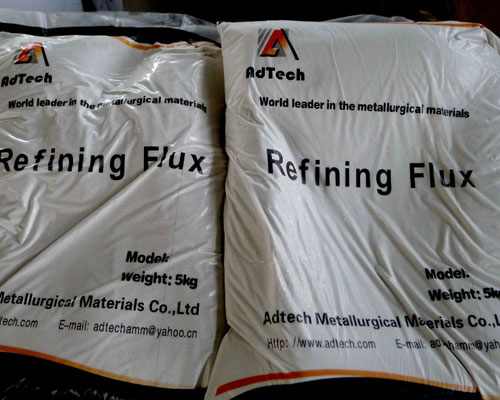
Oxygen compounds such as NaNO3 and KNO3 added in the flux react with aluminum to form Al2O3 and release a large amount of heat to locally improve fluidity, thereby increasing the actual yield of aluminum. In the furnace agent, these exothermic reactions can accelerate the penetration of the flux into the furnace wall inclusions.
The compounds from the inclusions can be decomposed in the aluminum liquid to generate Cl, C0, or metal halide gas, and the hydrogen in the aluminum liquid diffuses into the bubbles to achieve the purpose of hydrogen removal. The most commonly used of these compounds is C2Cl6, which can produce Cl2 and AlCl3.
Certain compounds and aluminum or aluminum inclusions adjust the content of alloying elements in molten aluminum. NaF can increase trace sodium and play a metamorphic effect; K2TiF6 and KBF4 can increase titanium and boron, respectively, and play a refinement effect. AlF3 can remove the impurity elements in the aluminum liquid to a certain extent, such as Ca, Sr, Na and Mg. When Cl is present, a compound containing Cl can be formed, and Ca, Li, Mg, and Sr can be removed.


